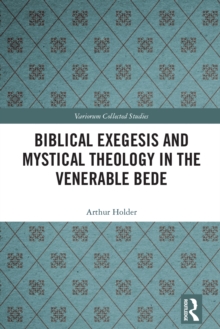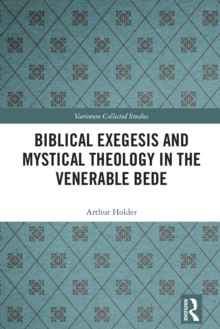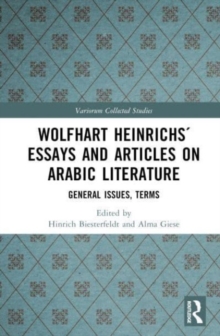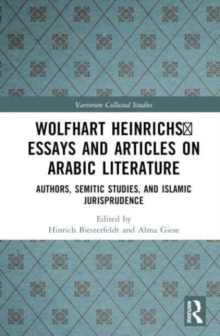
History and Politics in Eleventh-Century Baghdad Hardback
by George Makdisi
Part of the Variorum Collected Studies series
Hardback
Description
In the present collection of his articles George Makdisi is first of all concerned with the local history and the topography of Baghdad.
This is of interest in itself, as a study of one of the principal urban centres of the medieval world, but it also has a broader significance.
For Baghdad, as the seat of the Abbasid caliphate, was the focal point of much of the Islamic world at the time: the rivalries between rulers and their ministers and the conflicts between secular and religious authorities, and between different religious factions, all find their reflection in the physical structure of the city and in the writings of those who lived there.
Of particular note are the studies on the only extant diary of the period, that of Ibn al-Banna, and its historical significance ” both in terms of the literary genre, and as a unique source for the affair of Ibn 'Aqil, a cause célèbre that shook the world of Islam.
The theme of authority and power is then developed in the second set of articles, focusing on the relations between caliph and sultan after the coming of the Saljuks. Au cours des articles rassemblés dans le présent volume, George Makdisi s 'attache avant tout à l'histoire locale et a la topographie de Bagdad.
En soi, ceci présente un intérêt particulier en tant qu'étude d'un des principaux centres urbains du monde médiéval, cependant la signification en est plus large; en effet, Bagdad, en tant que siège du Califat abbaside, était le point de mire d'une grande partie du monde islamiques de l'époque: les rivalités entre les dirigeants et leurs ministres et les conflits entre autorités séculières et religieuses, ainsi qu'entre diverses factions religieuses, sont autant de choses qui se voient reflétées au travers de la structure de la ville et dans les écrits de ceux qui y vivaient.
A noter plus particulièrement: les études sur le seul journal de l'époque qui ait été conservé, celui d'Ibn al-Banna et sa signification historiographiq
Information
-
Out of stock
- Format:Hardback
- Pages:320 pages
- Publisher:Taylor & Francis Ltd
- Publication Date:21/03/1991
- Category:
- ISBN:9780860782896
Information
-
Out of stock
- Format:Hardback
- Pages:320 pages
- Publisher:Taylor & Francis Ltd
- Publication Date:21/03/1991
- Category:
- ISBN:9780860782896










